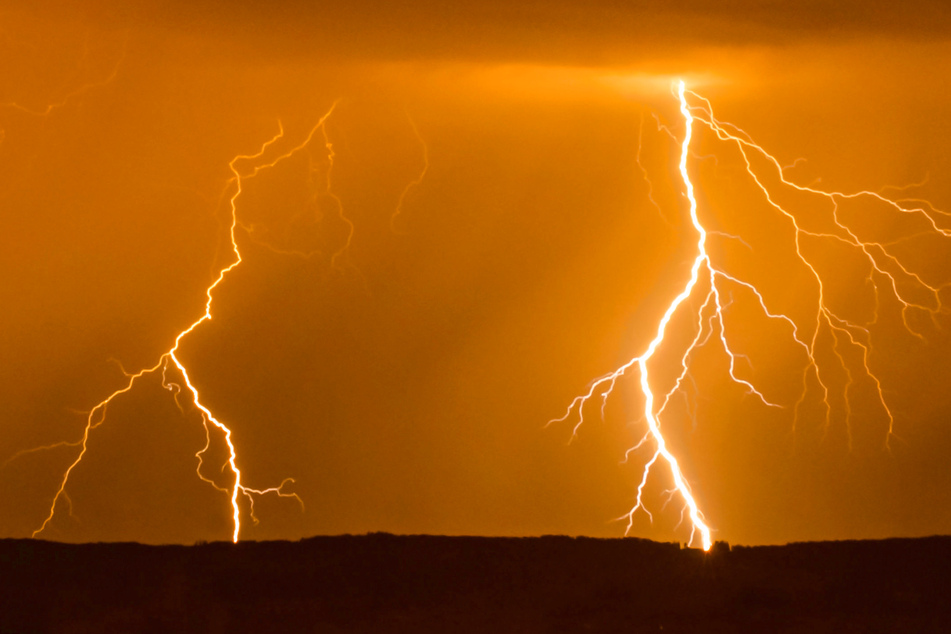Climate change is turning the Arctic into a lightning rod
North Pole, Arctic - The Arctic is warming twice as fast as the rest of the planet, and more heat isn't just bad news for bears – it also means more lightning strikes.

The Arctic has already reached roughly two degrees Celsius of warming compared to pre-industrial levels. That amount of warming has led to toastier conditions that have seen an increase in thunderstorms over the past decade.
A research paper published in March 2021 looks at lightning that struck in the arctic circle, and shows how the rate of lightning strikes has gone up by 300% since 2010.
The most likely cause of the giant increase in lightning strikes is climate change, but the paper does note that more sensors were deployed over the past 10 years/
But even when looking at the projections for only those sensors that were in place back in 2010, the scientists' conclusion stays the same: more lightning than ever before in the warming Arctic.
Despite shocking visuals, lightning strikes are a problem for the Arctic Circle, because they are part of a cycle.
More lightning strikes lead to more wildfires in the arctic circle, and more fires release more CO2. More CO2 accelerates warming, leading to more lightning strikes. Round and round the cycle goes, until someone, like, say, world leaders and fossil fuel companies, take action on climate change and fix the world's biggest problem.
It's all the more reason to hope that countries will rise to the occasion at COP26, while congressional hearing the keep pressure on fossil fuel giants to take responsibility for their part in delaying climate action.
Cover photo: 123RF/phalder